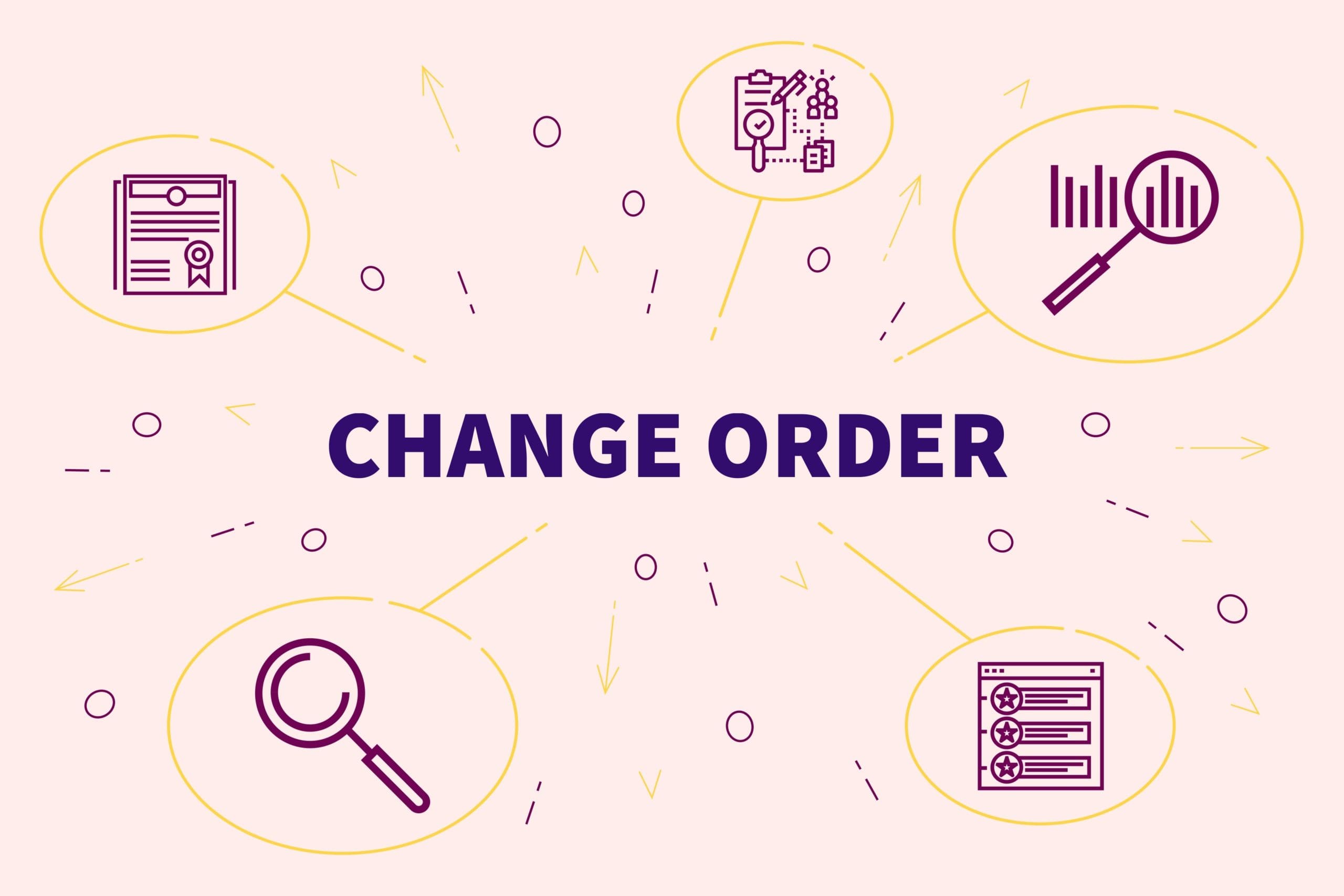A proven way for construction companies to reduce margin erosion is to integrate project management and ERP systems, as well as other systems you may be using to run your business such as CRM and HCM. By doing so, the left hand will always know what the right hand is doing, which can significantly reduce or eliminate “surprises” about project costs and provide other insights that are critical to your company’s productivity and profitability.
For over 20 years, we have enabled the most prominent construction companies to operate more efficiently. For instance, we helped Charles Perry Partners, Inc. (CPPI), a Gainesville, FL-based general contracting, design-build and construction management firm manage change orders more effectively. Change orders that project managers issue in the project management solution are automatically integrated to the accounting system. As a result, there is zero probability of data entry errors occurring beyond the initial change order because people are touching the data only one time instead of multiple times.
This example is one of many that shows what companies can reap from an integrated technology environment. Here are 7 other high-level benefits driven by connecting project management and finance systems.
Table of Contents:
2. Improved Risk Assessment and Mitigation
3. Accurate Cost Estimation and Budgeting
4. Enhanced Contract and Change Order Management
5. Efficient Insurance and Bonding Management
6. Compliance with Regulatory and Financial Standards
7. Data-Driven Decision-Making
8. Conclusion
1. Real-Time Risk Visibility

2. Improved Risk Assessment and Mitigation

3. Accurate Cost Estimation and Budgeting

4. Enhanced Contract and Change Order Management

5. Efficient Insurance and Bonding Management

6. Compliance with Regulatory and Financial Standards

7. Data-Driven Decision-Making

Conclusion
To benefit from more than 20 years of construction industry integration experience that helps you access better data, make better decisions, and increase your margins, request a demo of our platform.



















